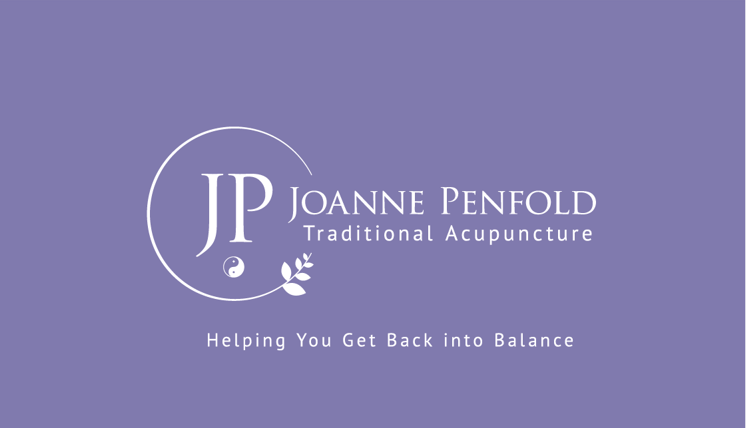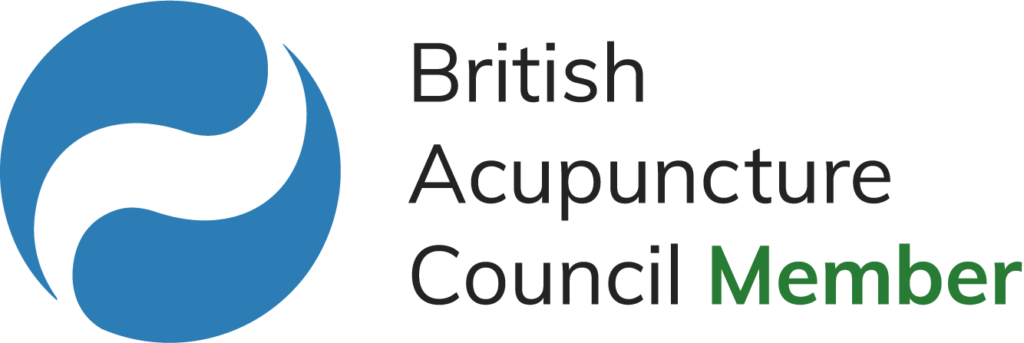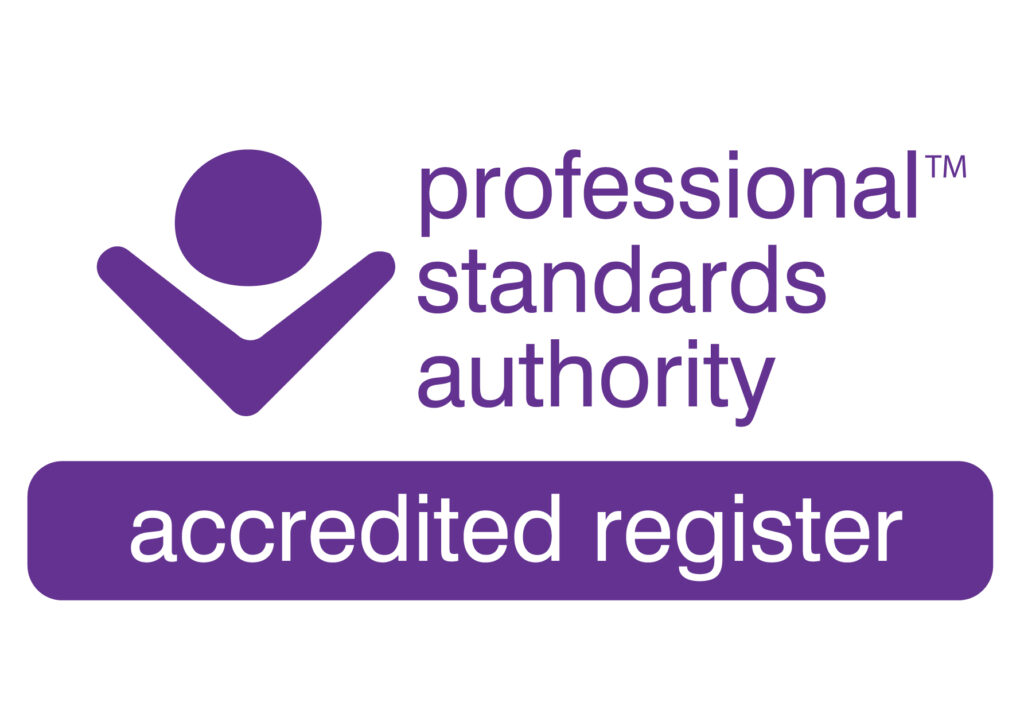Over the years, the British Acupuncture Council has done an excellent job of working through the swathes of research into the efficacy of acupuncture, and have a page on their website dedicated to informing the public. You can access it by clicking here
There is also a short video on their YouTube channel, looking at the same subject in case you are interested:
What does the research say about what acupuncture is used for?
Clinical research is expensive and unlike the pharmaceutical industry, money to fund acupuncture research is limited and comes largely from the state or charities. There are also challenges when researching physical therapies like acupuncture (see below).
However, despite these disadvantages,
- the National Institute of Excellence (NICE) already recommends for chronic (long-term) pain, headaches and migraine;
- the NHS advises acupuncture is often used for other conditions including joint and muscle pain and the side effects of cancer treatment;
- there’s a growing body of evidence based clinical research to support acupuncture’s effectiveness. For example, in 2017 the Acupuncture Evidence Project, reviewed 13,000 acupuncture studies found there was evidence of effect at various levels for 117/122 conditions.
This research is continually changing and evolving. For the latest information see the British Acupuncture Council’s research section
Understanding the research
Understanding and interpreting research can be difficult. The British Acupuncture Council (BAcC) website explains the challenges when researching physical therapies like acupuncture. Below are just a few key points from the BAcC’s research pages to give you a flavour of the debate.
The BAcC uses a pyramid to describe the quality of research evidence. At the bottom of the pyramid sit the weaker types of evidence, expert opinion followed by observational studies. The stronger types of evidence are towards the top – randomised controlled trials (RCTs) followed by systematic reviews. Systematic reviews try to answer the question – does therapy X work for condition Y? Normally, they will only include RCTs, the higher quality evidence, and exclude observational studies. Ideally, systematic reviews also include a meta-analysis where the results of RCTs are combined to produce an overall result. Systematic reviews should also evaluate the risk of bias which include blinding.
There are three main challenges when evaluating the evidence for acupuncture: availability of clinical trials, the placebo and quality of acupuncture:
1.Conducting clinical trials is expensive. Acupuncture research depends on charity and state funding. Consequently, trials are often small with less than 100 participants so for many conditions, the available evidence is rather limited and not sufficient to draw a firm conclusion – but this doesn’t mean that acupuncture is ineffective. Additionally western research methods (using Randomised Control Tests or RCTs) developed to test the efficacy of a single drug against a placebo have been, what some suggest, inappropriately used to test acupuncture. Acupuncture, like surgery or physiotherapy, is a complex intervention which involves more than testing the effects of a single pill.
2. A placebo should look and feel exactly like the treatment (e.g. a pill that looks exactly like a drug but has sugar in it rather than medication) so that the patient does not know which treatment they are getting. Ideally, the person giving the treatment should also not know whether it is a placebo or the real treatment. This is called a “double-blinded” clinical trial. Different methods are used to blind the participants in acupuncture trials. These are called sham acupuncture. However, the BAcC view is that sham acupuncture is not inert. Also sham acupuncture trials are only single rather than double-blinded as the acupuncturist knows whether sham or real acupuncture is being administered. This means even high quality trials may be assessed as having a risk of bias.
3. Quality of acupuncture: The acupuncture provided within some clinical trials would not be considered best practice by BAcC members. For example, sometimes, the number of treatments is inadequate, only providing one or two treatments when really ten would be more appropriate or the acupuncture points used are not sufficient or appropriate.
The impact of the above factors tend to underestimate the true effect of acupuncture. You might wish to read more here to help you decide whether or not acupuncture is something you would like to pursue.


